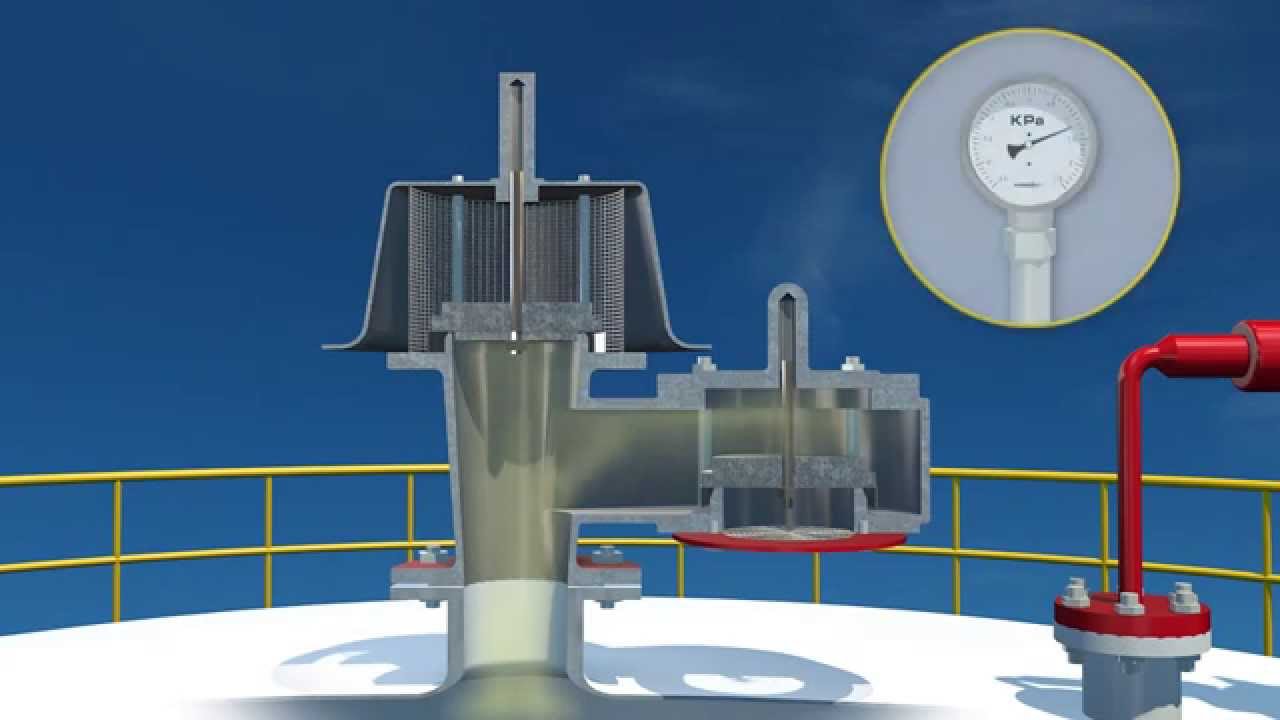Pressure Relief Valves (PRVs) are crucial components in various industrial systems, ensuring safety by controlling pressure levels. The choice between mechanical PRV vs electronic PRV is significant, as it impacts efficiency, safety, and cost. This article explores the differences, advantages, and considerations for each type, providing a comprehensive understanding to help you make an informed decision.

What is a Pressure Relief Valve?
A Pressure Relief Valve (PRV) is a safety device designed to protect a pressurized vessel or system during an overpressure event. It opens at a predetermined set pressure to relieve excess pressure, preventing potential damage or explosion. PRVs are essential in systems like boilers, pipelines, and other pressure-containing vessels.
Types of PRVs
PRVs are mainly categorized into mechanical PRVs and electronic PRVs. Each type has its unique characteristics and applications, making the choice between them dependent on the specific needs of the system.
Mechanical PRV
Mechanical PRVs operate using simple mechanical systems, such as springs and levers. They are reliable, easy to maintain, and don’t require an external power source. For more details on PRV design standards, visit our resource page.
Electronic PRV
Electronic PRVs utilize electronic components to monitor and control pressure. They offer precise control and can be integrated with modern digital systems. However, they are more complex and require a power source.
Key Differences between Mechanical and Electronic PRVs
Reliability
Mechanical PRVs are renowned for their reliability due to their simple design, which minimizes the risk of failure. In contrast, electronic PRVs depend on electronic components, which can be susceptible to failure due to power outages or component malfunctions.
Precision
Electronic PRVs offer superior precision in pressure control, capable of adjusting to minute pressure changes. This makes them ideal for applications requiring high accuracy. Mechanical PRVs, while reliable, may not provide the same level of precision.
Maintenance
Maintenance for mechanical PRVs is generally straightforward, involving regular inspections and occasional replacement of parts like springs or seals. You can learn more about testing PRVs to ensure optimal performance. On the other hand, electronic PRVs might require more specialized maintenance, including software updates and component checks.
Cost
The initial cost of electronic PRVs is typically higher due to their advanced technology. However, their precision and integration capabilities might offer long-term savings in specific applications. Mechanical PRVs are generally more cost-effective upfront.
Choosing Between Mechanical and Electronic PRVs
When deciding between mechanical PRVs and electronic PRVs, consider the following factors:
Application Requirements
Analyze the specific needs of your system. If precision and integration with digital systems are priorities, electronic PRVs might be the better choice. For systems where reliability and simplicity are key, mechanical PRVs could be more suitable.
Environmental Conditions
Consider the operational environment. Mechanical PRVs are often preferred in harsh conditions where electronic components might fail. For environments where consistent power supply is guaranteed, electronic PRVs can offer enhanced control.
Budget Constraints
Evaluate your budget for both initial investment and ongoing maintenance. While electronic PRVs have higher upfront costs, their potential for improved efficiency might justify the investment in certain cases.
Conclusion
The choice between mechanical PRVs and electronic PRVs is not straightforward and should be based on a thorough assessment of your specific system requirements. Both types have their merits and limitations, and understanding these can guide you towards the best decision for your application.
For further reading on safety relief valves, visit this external resource.

FAQs
What is the main advantage of a mechanical PRV?
Mechanical PRVs are highly reliable and easy to maintain, making them ideal for systems where simplicity and dependability are priorities.
Why choose an electronic PRV?
Electronic PRVs offer precise control and can be integrated with digital systems, making them suitable for applications requiring high accuracy and advanced monitoring.
How often should PRVs be tested?
Regular testing and maintenance are crucial for ensuring PRV performance. For detailed guidelines, refer to our article on PRV testing frequency.
This article contains affiliate links. We may earn a commission at no extra cost to you.




